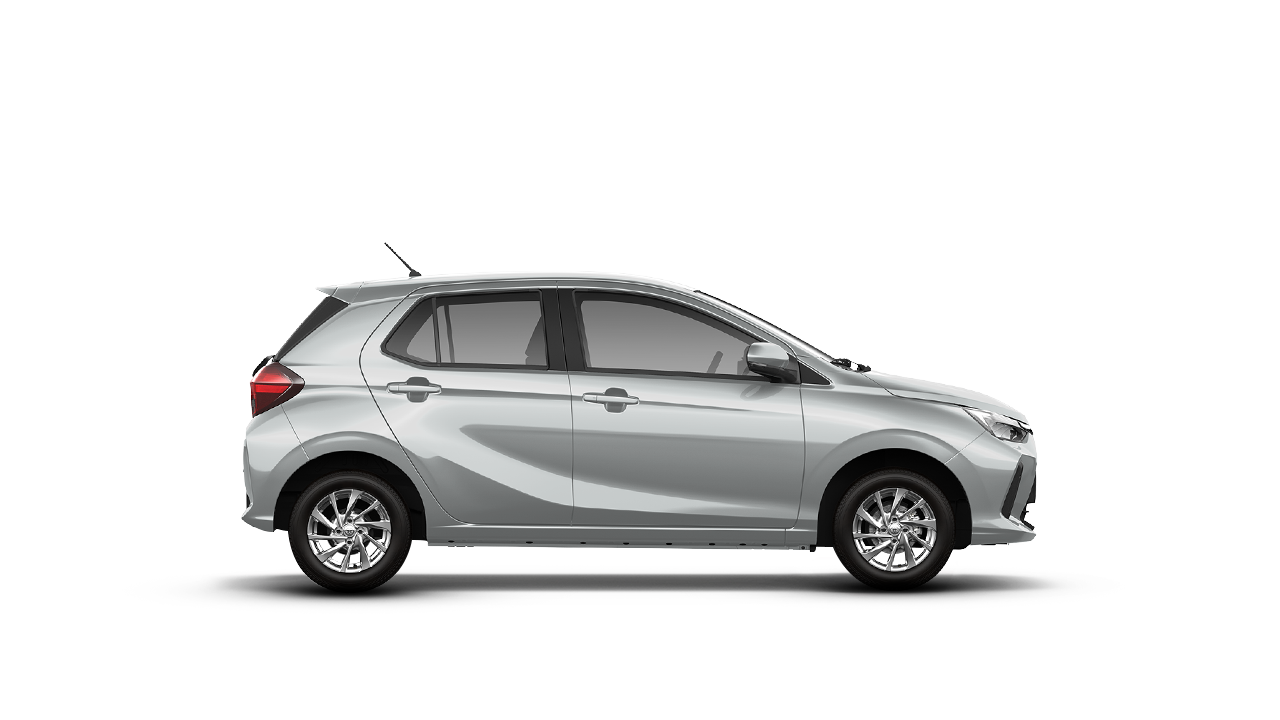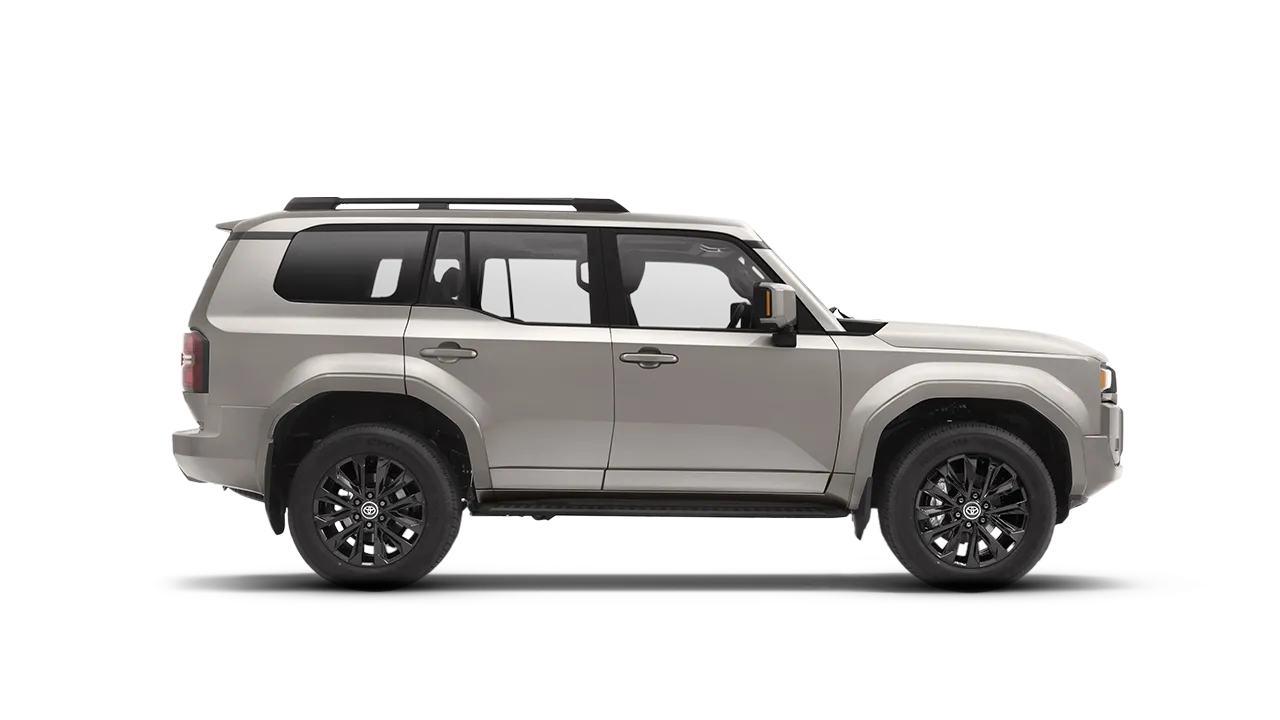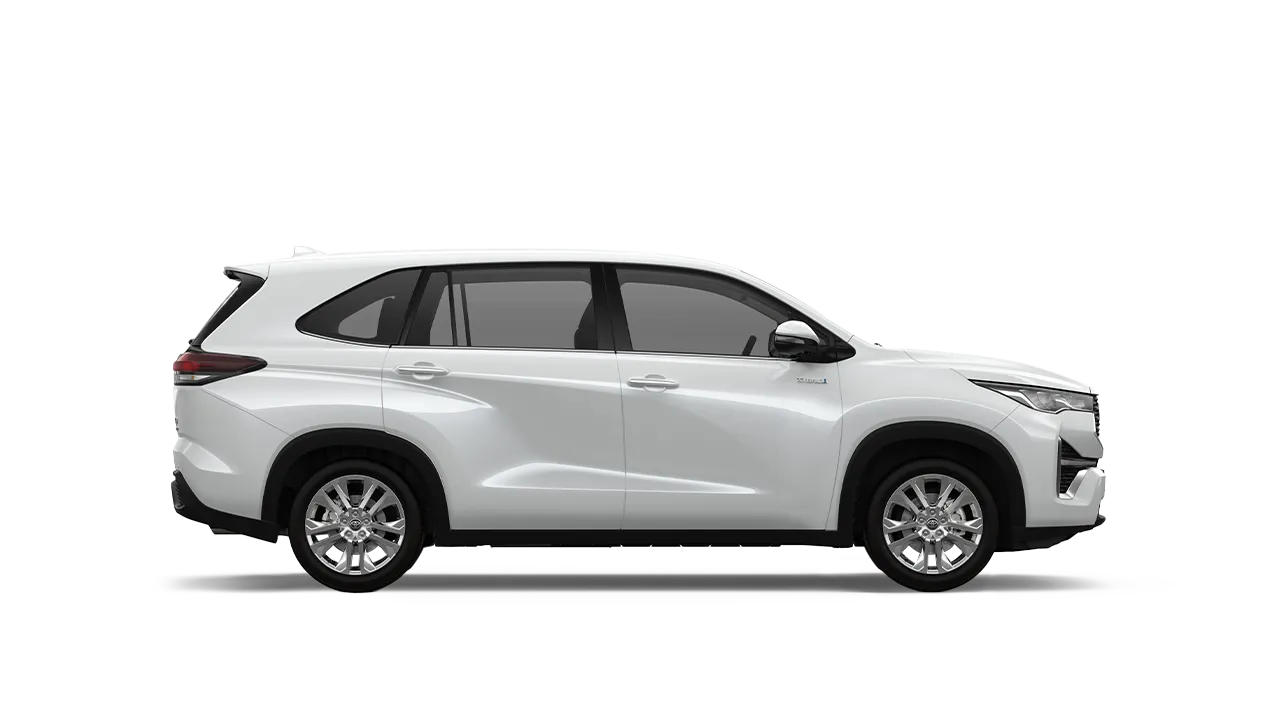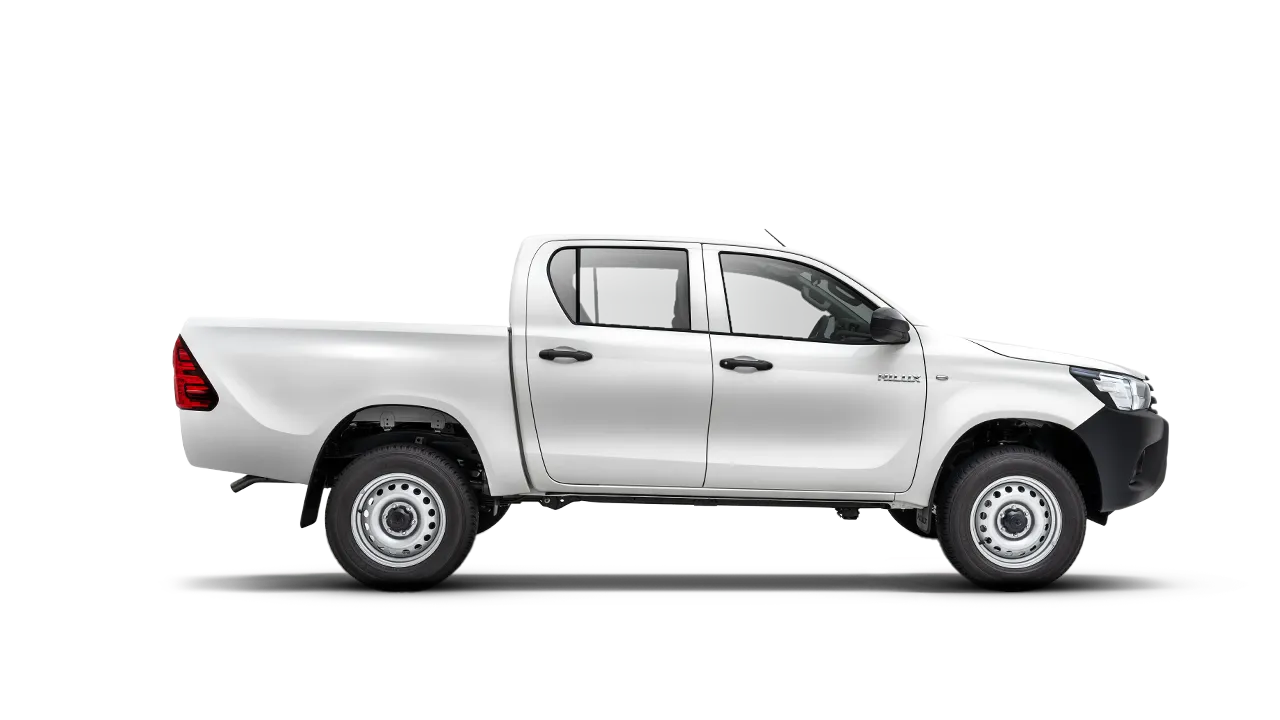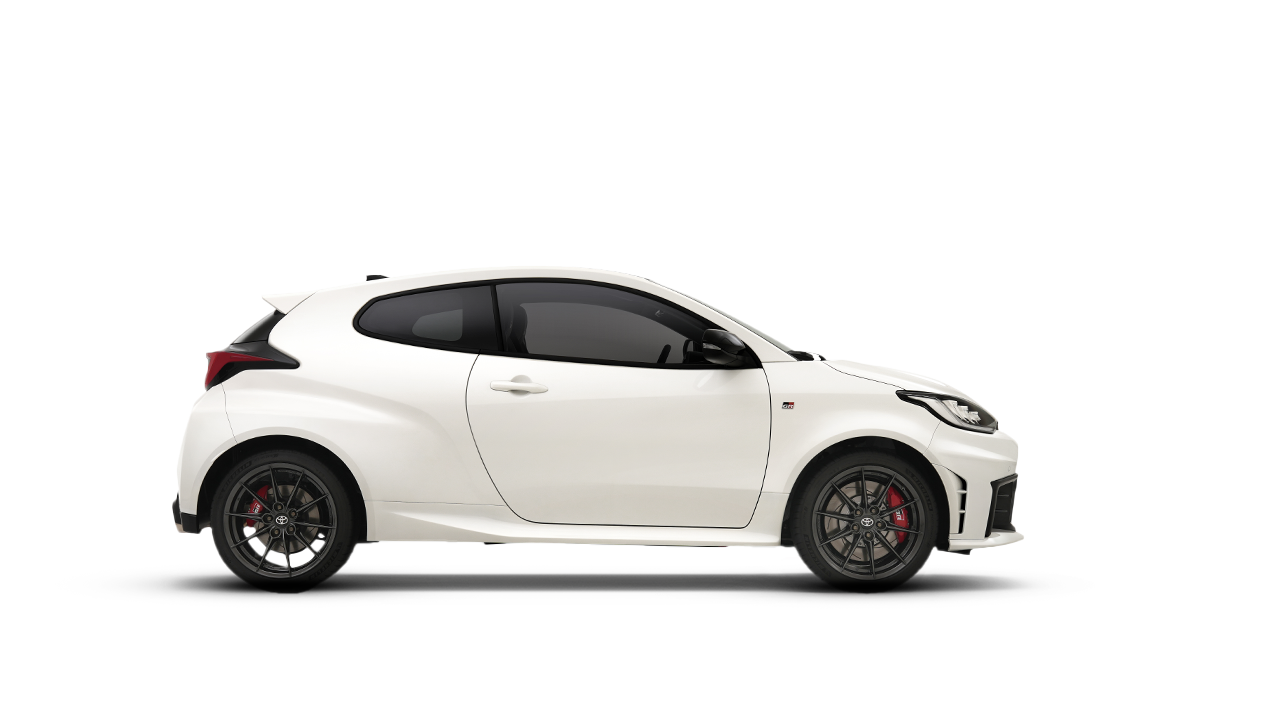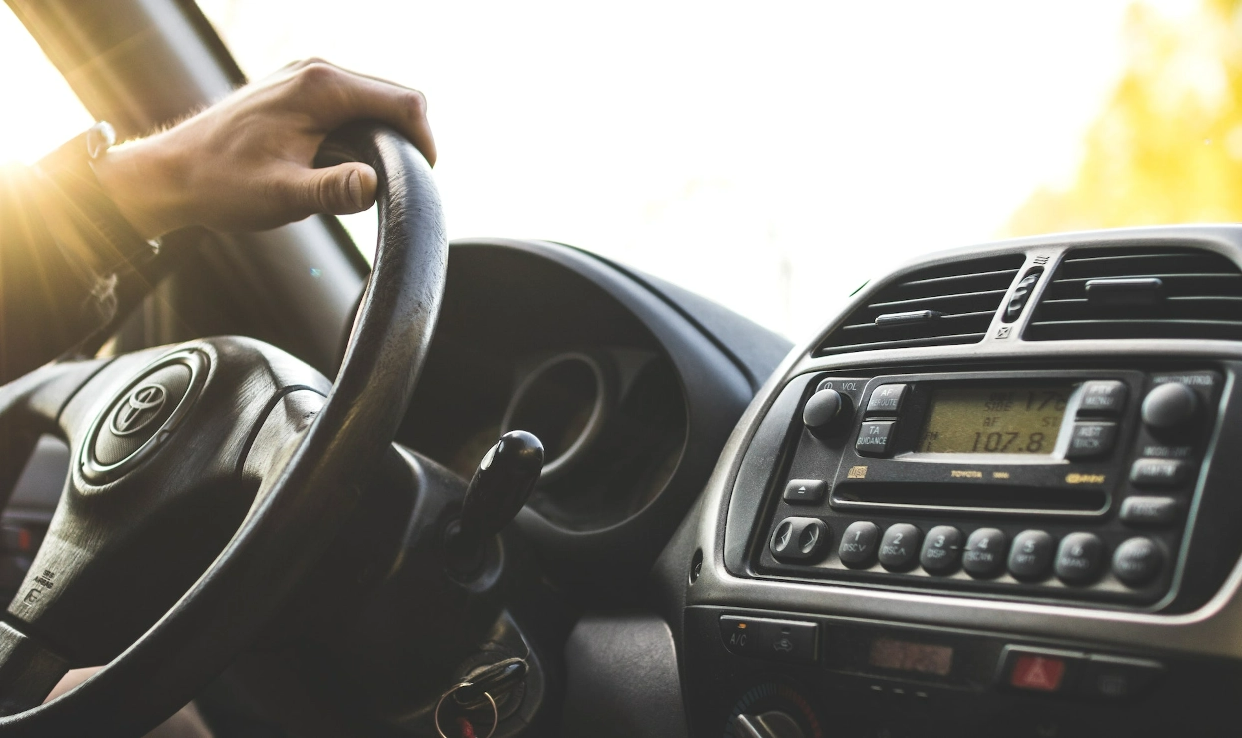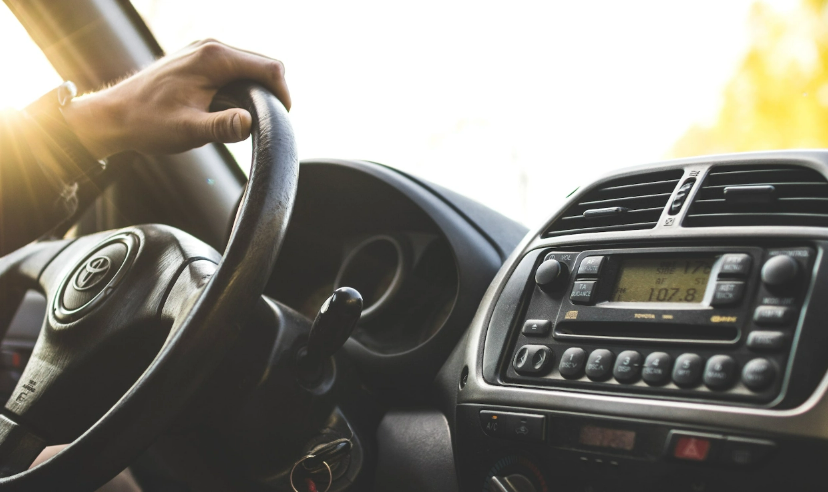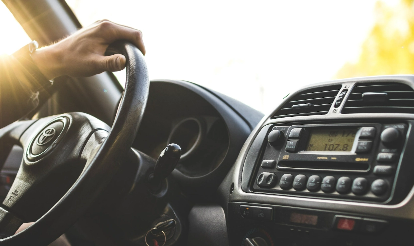For most parents, hearing their kids say, “I want to learn how to drive” is a scary moment. Part of you wishes they were still a toddler in a car seat in the back row, or still a teenager beside you in the passenger seat. There’s no getting around it. Your kid is growing up and wants to take the steering wheel (literally and figuratively). But rather than avoiding the inevitable, it can become a great opportunity to mould a new responsible driver (plus make for some funny parent-and-child memories!)

Show Them What’s What
New teen drivers will naturally focus on clocking in time in the driver’s seat. While their eagerness and excitement are understandable, it’s wise to ground their know-how with the ever-important fundamentals: parts of the car. Hence, giving them a thorough tour is an essential first step.
Dashboard controls, turn signals, seat and mirror adjustment, emergency lights, spare tire, tool kit, warning indicator lights are only some of the elements they must know about. While you’re at it, orient them about your car’s registration, manual, and insurance. It would also help if you school them on how to change a flat tire, keeping your tire PSI in check, and other duties that come with being a driver.
Detailing every safety feature at their disposal may just separate them between a close call and an unfortunate accident. Safeguarding your child can also mean surrounding them with today’s smartest safe technologies available in a dependable vehicle. On top of passive safety features like seatbelts, parking sensors, and back cameras that mitigate the damage of a collision that is unavoidable, it pays to find a car with active safety features that are designed to prevent collisions and accidents from happening. Case in point: Toyota Safety Sense. This bundle of active safety features includes Pre-Collision System (PCS) which reduces the possibility or severity of frontal collisions by warning drivers of impending crashes with vehicles ahead. Toyota Safety Sense also includes Lane Departure Alert (LDA) which assists drivers into staying in their lane.
Lead by Example
Children will take after their parents in more ways than one and this extends to their parent’s driving practices and proclivities. As your principal passengers, your children not only observed but also absorbed the way you handle (and mishandle) situations whenever you were in control of the car.
From the most basic and obvious in transit happenings (like diligently observing traffic signs, proper wearing of seat belt) to the more challenging ones (like giving way to other motorists even in tight spots, maintaining a cool head amidst stressful conditions), your children have been mentally taking notes over the years. So, it shouldn’t come as a surprise if they’ve picked up your good (and bad) driving habits from you.
As a parent, it is crucial that you are by every measure a reliable source of moral behind-the-wheel etiquette and behavior. Of course, your kid should have the proper legal documents and should be of appropriate age to be fit for the road helming the driver’s seat. The Land Transportation Office (LTO) requires the following for one to be eligible for a student’s permit:
- Be at least 16 years old.
- Be physically and mentally fit to operate a motor vehicle.
- Be able to read and write in Filipino or English.
- Must not be a drug user and/or alcoholic.
So, whether you’ve enrolled your kid in an LTO-accredited driving school or have been notching some kilometers with them around secluded streets in your area, it’s always best to encourage conduct that makes them safe and correct tendencies that may put them right in harm’s way.

Build Their Driving Skills Slowly and Surely
It’s no secret that our streets here in the country pose some toughest encounters, even for the most seasoned of drivers. It is your responsibility as a parent to gauge your kid’s progression as a motorist qualified for the road. It’s advisable to put together a checklist of sorts that assesses your teen’s abilities. Does your kid signal correctly? Does your kid know what right of way means and what it entails? Does your kid know how to maintain proper speeds? Does your kid know how to merge into traffic? Does your kid practice courtesy to both pedestrians and other vehicles?
Just with anything that requires attention to detail and repetition, your kid’s confidence and aptitude will improve as they get more familiar behind the wheel. When this happens, you can move onto sharpening the more advanced departments of a responsible driver’s repertoire. Can your kid overtake safely and does your kid know when it’s best not to? Can your kid keep a safe distance among the cars around while still maintaining appropriate speeds? Can your kid drive in the inner streets just as safely as when out on the open road? Now think of yourself not only as an instructor, but more of a positive influence.
All these questions can and will be answered over time and the right amount of proper practice with you taking the lead. Your supervision shouldn’t wane until your kid proves without a shadow of a doubt that he or she earned the title “safe driver”.






